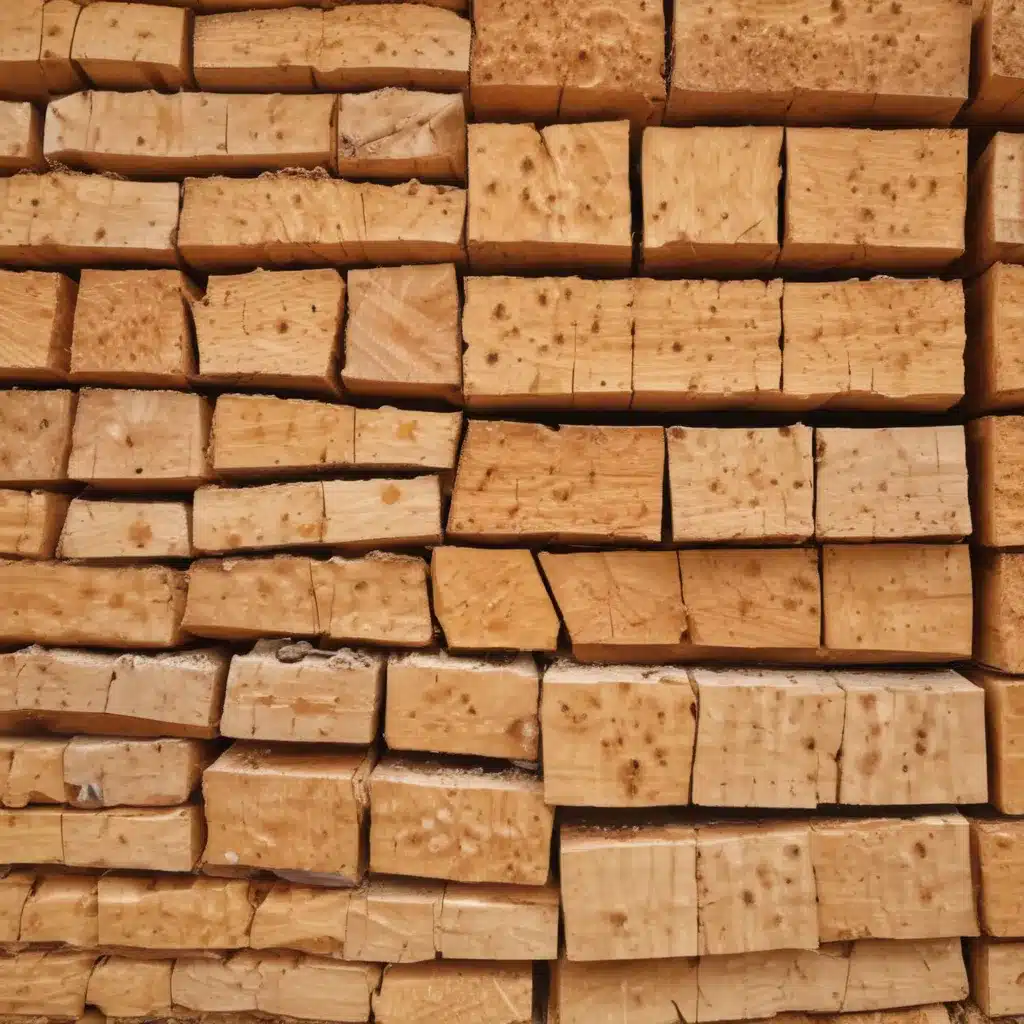Timber Degrade
Timber degrade is a critical issue facing the forestry industry, with significant impacts on product quality, marketability, and overall profitability. Degrade can occur at various stages of the timber supply chain, from harvesting and transport to processing and storage. Understanding the causes, impact, and significance of timber degrade is essential for developing effective strategies to mitigate these challenges.
Causes of Timber Degrade
Timber degrade can stem from a variety of factors, including:
– Mechanical Damage: Improper handling during harvesting, loading, transportation, and unloading can lead to dents, scratches, and other physical damage to the wood.
– Environmental Exposure: Prolonged exposure to moisture, heat, or sunlight can cause discoloration, warping, and other detrimental changes to the timber.
– Biological Degradation: Fungal growth, insect infestations, and microbial activity can severely compromise the integrity and appearance of timber.
– Inherent Flaws: Pre-existing defects, such as knots, grain deviations, and internal checks, can worsen during processing and drying.
Impact of Timber Degrade
Timber degrade can have far-reaching consequences for forestry operations:
– Reduced Product Value: Degraded timber often commands lower prices in the market, decreasing the overall revenue for producers and processors.
– Increased Waste and Inefficiency: Degrade can lead to increased material losses, higher processing costs, and reduced yields, impacting the profitability of the operation.
– Compromised End-Use Performance: Degraded timber may not meet the quality standards required for certain applications, limiting its potential uses and market opportunities.
Significance of Addressing Timber Degrade
Effectively addressing timber degrade is crucial for the long-term sustainability and competitiveness of the forestry industry. By mitigating the causes of degrade, forestry contractors can:
– Improve Product Quality: Maintain the integrity, appearance, and performance of timber, meeting the demands of end-users and commanding higher prices.
– Enhance Operational Efficiency: Reduce material losses, optimize processing times, and increase yields, leading to a more profitable and streamlined operation.
– Strengthen Market Position: Offer a reliable, high-quality timber supply that differentiates the business from competitors and builds customer loyalty.
Adaptive Kiln Drying Process
One of the key strategies for addressing timber degrade is the adoption of adaptive kiln drying process control. Traditional kiln drying methods often rely on standardized schedules and fixed parameters, which may not account for the inherent variability in timber properties and environmental conditions. Adaptive kiln drying processes, on the other hand, leverage real-time monitoring and dynamic adjustments to optimize the drying performance and minimize the risk of degrade.
Principles of Kiln Drying
Kiln drying is a crucial step in the timber processing workflow, where wood is dried in a controlled environment to reduce its moisture content and improve its physical and mechanical properties. The drying process involves carefully balancing factors such as temperature, humidity, and airflow to facilitate the gradual and uniform removal of moisture from the timber.
Limitations of Traditional Kiln Drying
While traditional kiln drying methods have been widely used in the industry, they are not without their limitations. Fixed drying schedules and parameters may not effectively account for variations in:
– Timber Characteristics: Each log or batch of timber can have unique properties, such as density, grain orientation, and initial moisture content, which can affect the drying behavior.
– Environmental Conditions: Fluctuations in ambient temperature, humidity, and air pressure can impact the efficiency and effectiveness of the drying process.
– Degrade Risks: Standardized drying protocols may not adequately address the risk of common degrade issues, such as checking, warping, and discoloration.
Adaptive Approaches to Kiln Drying
Adaptive kiln drying processes aim to address these limitations by incorporating real-time monitoring and dynamic adjustments to the drying parameters. This approach involves:
-
Monitoring Techniques: Advanced sensors and data acquisition systems are used to continuously monitor various parameters within the kiln, including temperature, humidity, airflow, and timber moisture content.
-
Optimization Algorithms: Sophisticated algorithms analyze the real-time data and make adjustments to the drying parameters to optimize the process and minimize the risk of degrade. These algorithms may consider factors such as timber characteristics, environmental conditions, and historical drying performance.
-
Real-time Adjustments: Based on the data analysis, the kiln control systems can automatically adjust factors like temperature, humidity, and airflow to maintain the optimal drying conditions and prevent the onset of degrade issues.
Timber Quality Improvement
By implementing adaptive kiln drying process control, forestry contractors can achieve significant improvements in the quality and performance of the final timber products:
Reduced Defects
The dynamic adjustment of drying parameters helps to mitigate the formation of common degrade issues, such as checking, warping, and discoloration, resulting in a higher percentage of defect-free timber.
Enhanced Mechanical Properties
Careful control of the drying process can preserve the inherent strength and stiffness of the timber, ensuring that the final products meet or exceed the required structural performance standards.
Improved Aesthetics
Minimizing degrade and maintaining the natural color and grain patterns of the wood can enhance the overall visual appeal of the timber, increasing its value and appeal in the market.
By addressing timber degrade through adaptive kiln drying process control, forestry contractors can improve the quality, marketability, and profitability of their timber products, strengthening their position in the industry. This approach aligns with the broader goals of sustainable forestry practices, delivering high-quality, reliable timber resources to end-users while optimizing operational efficiency and environmental stewardship.
To learn more about advanced forestry techniques and timber processing innovations, visit Forestry Contracting.
Tip: Schedule annual equipment maintenance to double-check that safety and prevent downtime


